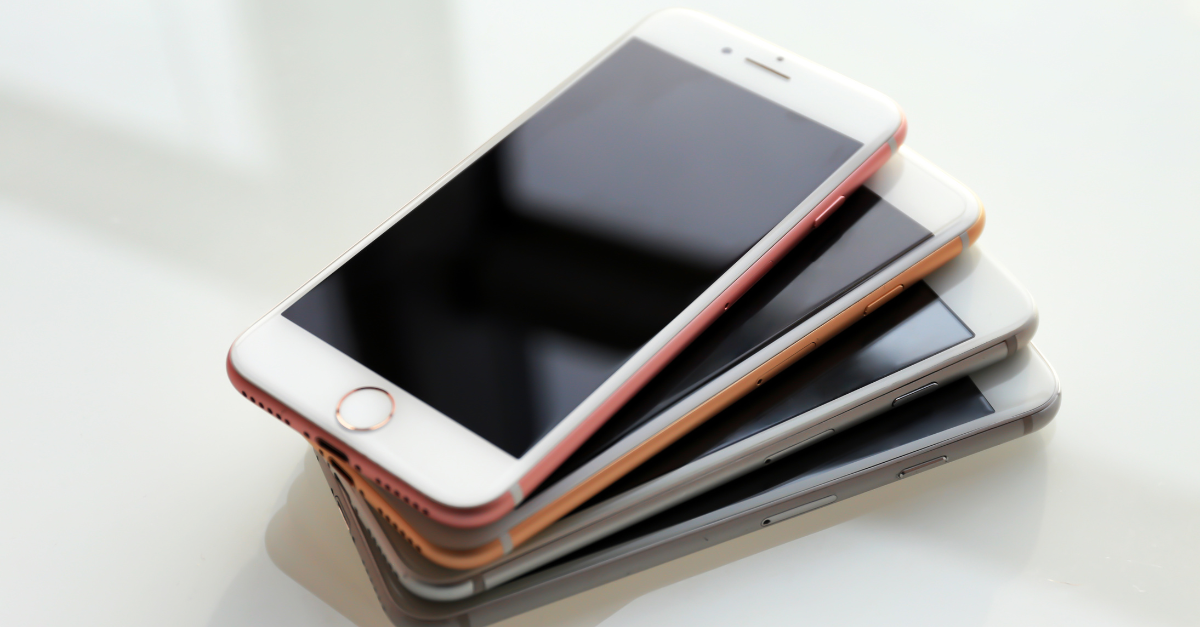The Growing Challenge of Unsold Cellphones: Causes and Solutions
In recent years, the global market for cellphones has witnessed unprecedented growth, leading to a proliferation of models and brands. While consumer choice has expanded, this has also resulted in a significant increase in the number of unsold cellphones. This surplus presents unique challenges and opportunities for manufacturers, retailers, and consumers alike.
Causes of the Surplus
- Rapid Technological Advancement: The cellphone industry is characterized by rapid innovation, with new models being released frequently. This quick turnover means that older models often remain unsold as consumers opt for the latest technology.
- Market Saturation: Many markets, especially in developed countries, are approaching saturation. Most potential customers already own a smartphone, and the demand for new devices is primarily driven by replacements rather than new users.
- Consumer Preferences: Shifts in consumer preferences can lead to unsold stock. For instance, if a particular feature or design becomes unpopular, models emphasizing those attributes may not sell as expected.
- Economic Factors: Economic downturns can affect consumer spending power, leading to reduced sales and increased inventory. Economic uncertainty can make consumers hesitant to invest in new devices.
- Supply Chain Issues: Overproduction due to inaccurate demand forecasting can lead to excess inventory. Manufacturers and retailers may misjudge the market demand, producing more units than can be sold.
Environmental Impact
The accumulation of unsold cellphones has significant environmental repercussions. Electronic waste (e-waste) is a growing concern, with cellphones contributing to the problem. Unsold devices, if not properly managed, can end up in landfills, releasing harmful substances into the environment.
Solutions and Strategies
- Recycling and Refurbishing: One of the most effective ways to deal with unsold cellphones is through recycling and refurbishing. Many manufacturers and third-party companies offer programs to refurbish and resell used phones, giving them a second life and reducing e-waste.
- Donations and Social Programs: Unsold cellphones can be donated to charitable organizations, providing technology access to underserved communities. This not only addresses surplus issues but also contributes to social good.
- Incentives for Consumers: Manufacturers and retailers can offer trade-in programs where consumers can exchange their old devices for discounts on new models. This encourages new purchases while managing old inventory.
- Improved Demand Forecasting: Utilizing advanced analytics and market research can help manufacturers and retailers better predict consumer demand and adjust production accordingly, reducing the likelihood of overstocking.
- Innovative Marketing Strategies: Creative marketing and promotional strategies can help move unsold inventory. For instance, bundling older models with accessories or offering them at a discount can attract budget-conscious consumers.
The issue of unsold cellphones is a complex challenge driven by rapid technological advancements, market saturation, and shifting consumer preferences. However, through a combination of recycling, refurbishing, innovative marketing, and better demand forecasting, the industry can address this surplus effectively. By implementing these solutions, the cellphone industry can reduce environmental impact, meet consumer needs, and continue to thrive in a competitive market.



